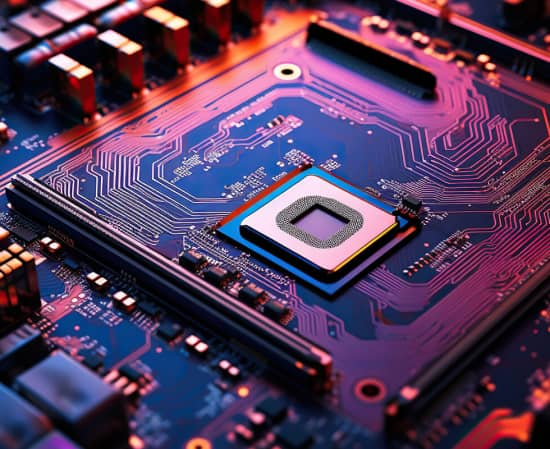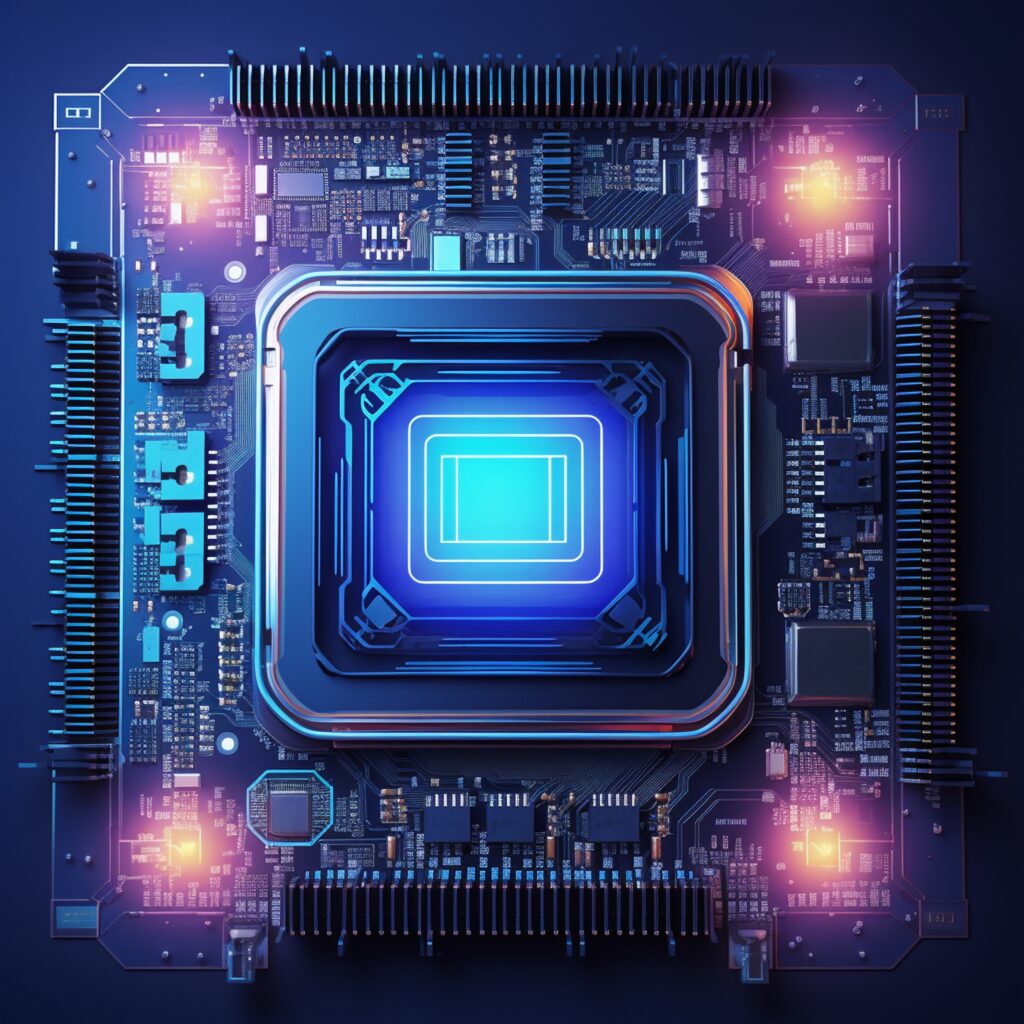Leading experts in Design Verification, FPGA Validation, RTL Design, with proven Expertise in Pre-Si and Post -Si Validation, VIP Verification, Physical Design, RF Design, and DFT.
Leading experts in Design Verification, FPGA Validation, RTL Design, with proven Expertise in Pre-Si and Post -Si Validation, VIP Verification, Physical Design, RF Design, and DFT.

Radio Frequency (RF) design involves the creation and optimization of circuits that operate in the radio frequency spectrum, typically ranging from 3 kHz to 300 GHz. This field is critical in the development of communication systems, radar, broadcasting, and many other applications.

Antennas – These are required to transmit and receive electromagnetic waves. Different types include Dipole, monopole, patch, helical, Yagi-Uda, and parabolic antennas. Impedance matching, gain, directivity, bandwidth, and radiation pattern are the key features to consider designing the antennas.
Transmission Lines – These Carry RF signals with minimal loss. Different types include Coaxial cables, waveguides, microstrip, and stripline. Impedance, attenuation, phase stability, and power handling are the key features to consider while designing them.
Filters – These selectively pass or block certain frequency ranges. Different types of filters include Low-pass, high-pass, band-pass, and band-stop. Cutoff frequency, insertion loss, return loss, and selectivity are the features to consider while designing them.
Amplifiers – These boost signal strength. Different types include Low-noise amplifiers (LNA), power amplifiers (PA), and operational amplifiers (Op-Amp). Gain, noise figure, linearity, efficiency, and stability are the features to consider while designing amplifiers.
Oscillators – These Generate RF signals. Different types include Crystal oscillators, voltage-controlled oscillators (VCO), and phase-locked loops (PLL). Frequency stability, phase noise, tuning range, and output power are the features to consider while designing the oscillators.
Mixers – These Convert frequencies by mixing two signals. Different types of Mixers include Up-converters and down-converters. Conversion gain, noise figure, linearity, and isolation are the features to consider while designing them.

Simulation Software – ADS (Advanced Design System), HFSS (High-Frequency Structure Simulator), CST Microwave Studio, and SPICE are the popular tools. These are capable to carry out S-parameter analysis, harmonic balance, electromagnetic field simulation, and thermal analysis.
PCB Design – Impedance control, trace width, spacing, grounding, and shielding are the key factors to be consider while making the PCB designs. The different tools available are Altium Designer, Cadence Allegro, and KiCad.
Measurement and Testing – Vector network analyzers (VNA), spectrum analyzers, signal generators, and oscilloscopes are the instruments required to test the RF Design systems. S-parameters, return loss, VSWR, noise figure, and intermodulation distortion are typical features to be monitored.

5G Technology – Millimeter-wave (mmWave) frequencies, massive MIMO, and beamforming are the advanced features. The challenges associated with are High-frequency circuit design, thermal management, and antenna integration.
Internet of Things (IoT) – Low power consumption, wide coverage, and robust connectivity are the RF requirements for these systems. The different technologies are LoRa, NB-IoT, Sigfox, and Bluetooth Low Energy (BLE).
RF Energy Harvesting – the purpose is to capture ambient RF energy to power small devices. The application involves Wireless sensors, wearables, and low-power IoT devices.
Software-Defined Radio (SDR) – Programmable RF systems that can adapt to different standards and frequencies. Typical applications are Cognitive radio, dynamic spectrum access, and multiband transceivers
Advanced Materials – include Graphene, metamaterials, and flexible substrates. The benefits of using these is to ensure improved performance, reduced size, and enhanced thermal properties.
Automotive Radar – The typical Frequency Bands are 24 GHz and 77 GHz. Adaptive cruise control, collision avoidance, and autonomous driving are some of the applications.
Artificial Intelligence (AI) and Machine Learning (ML) – Integration of these technologies optimizes RF circuits and systems, anomaly detection, and predictive maintenance. Techniques involved are Neural networks, genetic algorithms, and reinforcement learning.
Miniaturization and Integration – The general approach is System-in-Package (SiP) and System-on-Chip (SoC). The benefits include reduced size, lower power consumption, and enhanced performance.

Signal Integrity – Maintaining the quality of the RF signal through design and layout. Dealing with crosstalk, reflection, and electromagnetic interference (EMI).
Thermal Management – Managing heat dissipation in high-power RF components. Using advanced cooling techniques and materials.
Regulatory Compliance – Adhering to global standards and regulations (FCC, ETSI, ITU). Ensuring electromagnetic compatibility (EMC) and electromagnetic interference (EMI) compliance.
Material Limitations – Overcoming the constraints of conventional materials at higher frequencies. Exploring new materials like GaN (Gallium Nitride) and SiC (Silicon Carbide) RF design is a complex and evolving field, driven by the rapid advancement of communication technologies and the increasing demand for wireless connectivity. Staying abreast of the latest trends and incorporating advanced tools and techniques are essential for developing efficient and innovative RF systems. As technology progresses, RF design will continue to play a pivotal role in enabling next-generation wireless applications.